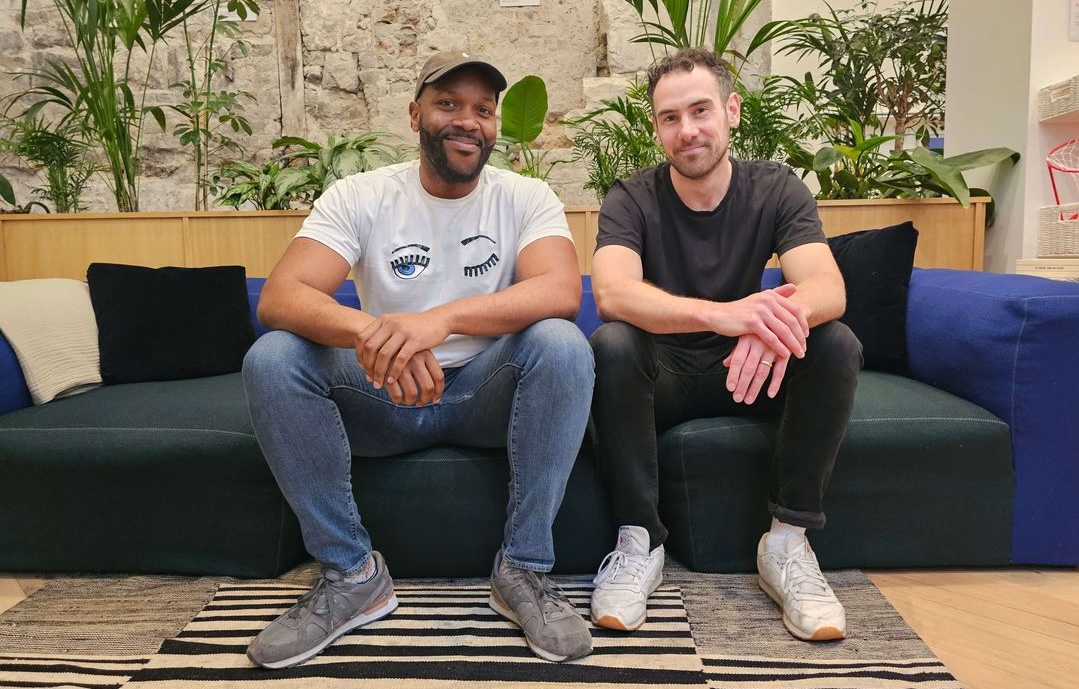Greetings, ImpactAlpha readers!
Featured: Impact Voices
Four ways to build a new, and better, US development finance institution. The Trump administration first sought to gut the budget of the Overseas Private Investment Corp., the public-private investor that has returned money to the US Treasury for the past 40 years. OPIC is known to impact investors for loans to companies like Envirofit and Greenlight Planet and fund managers like LeapFrog Investments, WaterEquity and Global Partnerships. Now, a proposal for a new US development finance institution that expands OPIC has bipartisan momentum in a politically polarized Washington. The proposed new entity would double OPIC’s investment capacity to $60 billion and give it authority to make equity, as well as debt, investments, as well as bring in parts of USAID targeted at investments rather than foreign aid.
In a guest post on ImpactAlpha, Dalberg’s Kusi Hornberger and Shyam Sundaram suggest the new institution should embed “impact management” throughout its operations. They point to examples like Canada’s new FinDev, which is making data and technology core to its operations. “A new US development finance institution should integrate impact data into decision-making at all levels of the organization by exploring new tech-driven deal sourcing, data collection and evaluation tools,” the authors write. They’re also excited about increasing the institution’s use of “mezzanine finance products, pay-for-results and impact monetization tools to unlock and enhance the impact of its investments.”
Read, “Four ways to build a new, and better, US development finance institution,” by Kusi Hornberger and Shyam Sundaram on ImpactAlpha.
Special: The New ImpactAlpha
ImpactAlpha readers step up to become Special Agents. A sampling of this week’s reactions to the new ImpactAlpha: “Happy to be an early subscriber to ImpactAlpha, which is a must-read for those wanting daily impact investing news” (Cathy Clark, Duke University)… “ImpactAlpha is must-read indeed” (John Holdsclaw IV, National Coop Bank)… “Excited to be an early subscriber and avid reader of the best impact investing news and updates” (Beth Bafford, Calvert Impact Capital)… “ImpactAlpha is an incredibly important voice in the movement toward using capital to solve the world’s biggest problems” (Trevor Neilson, i(x) investments)… “I just subscribed to ImpactAlpha’s new subscription for understanding/analyzing the world of impact investing. Every 20-year-old I know talks about “impact” all day long” (Jessica Lessin, The Information). You, too, can subscribe today.
Agents of Impact: From the Community
Raj Panjabi, CEO of Last Mile Health, is the first of five awardees of funds from The Audacious Project, the successor to the TED Prize (which Panjabi won last year). The Audacious Project is indeed audacious, having raised $250 million from the likes of the Skoll Foundation, the Bill & Melinda Gates Foundation, Virgin Unite and the Dalio Foundation for the first five projects. The rest of the awardees will be announced next week at the TED2018 Conference (you can stream it live). More than $50 million has been committed to Panjabi’s plans for Last Mile Health, with Living Goods, to use technology to empower community health workers around the world.
Signals: Ahead of the Curve
How investors can get the most climate-change impact for their bucks. Climate investors need to know where to place their bets. How can investors identify ventures, especially in their early stages, that hold the highest potential to reduce carbon emissions in the long term?
- Current impact investing measurement tools… fall short in assessing ventures’ future carbon-reduction potential.
- A new tool… developed by the PRIME Coalition, the Boston nonprofit connecting families and foundations to climate ventures, and NYSERDA, New York State’s energy innovation agency, assess companies’ potential for climate impact as they scale up.
- A company’s “Emissions Reduction Potential,” or ERP for short, describes its potential to reduce emissions over the 30-year period following an investment.
“Employing ERP has already helped PRIME improve the potential impact of investment decisions,” PRIME’s Scott Burger, Alicia Seiger and Sarah Kearney write in a post introducing the new methodology on ImpactAlpha. PRIME is keen to engage other investors streamline the tools and explore its use across other sectors. What’s your company’s ERP?
Read, “How investors can get the most climate-change impact for their buck,” by the PRIME Coalition’s Scott Burger,” by Alicia Seiger and Sarah Kearney.
Dealflow: Follow the Money
A recap of this morning’s deals. Get them fresh in your inbox by subscribing today.
Trust’s first “farmland impact note” preserves Washington farmland. The Seattle-based PCC Farmland Trust aims to conserve farmland for agricultural use. The trust raised $2.7 million with a 2%, seven-year note to buy a 260-acre farm. Read more.
Partners Group launches $1 billion PG Life fund to invest in Sustainable Development Goals… The Switzerland-based investment firm is extending its ESG strategies into private equity and debt. Go deeper.
…While Calvert Impact backs a $1 billion Swiss impact fund. Calvert Impact Capital invested a “significant” though undisclosed amount in BlueOrchard’s microfinance fund. Read on.
Visor’s alternative credit-scoring helps small businesses get loans in Mexico and Brazil. IGNIA led the financing for Visor, which uses data to assess small businesses’ creditworthiness and helps them get loans. Read more.
Click here for more ImpactAlpha dealflow. Send deal tips and news to [email protected].











